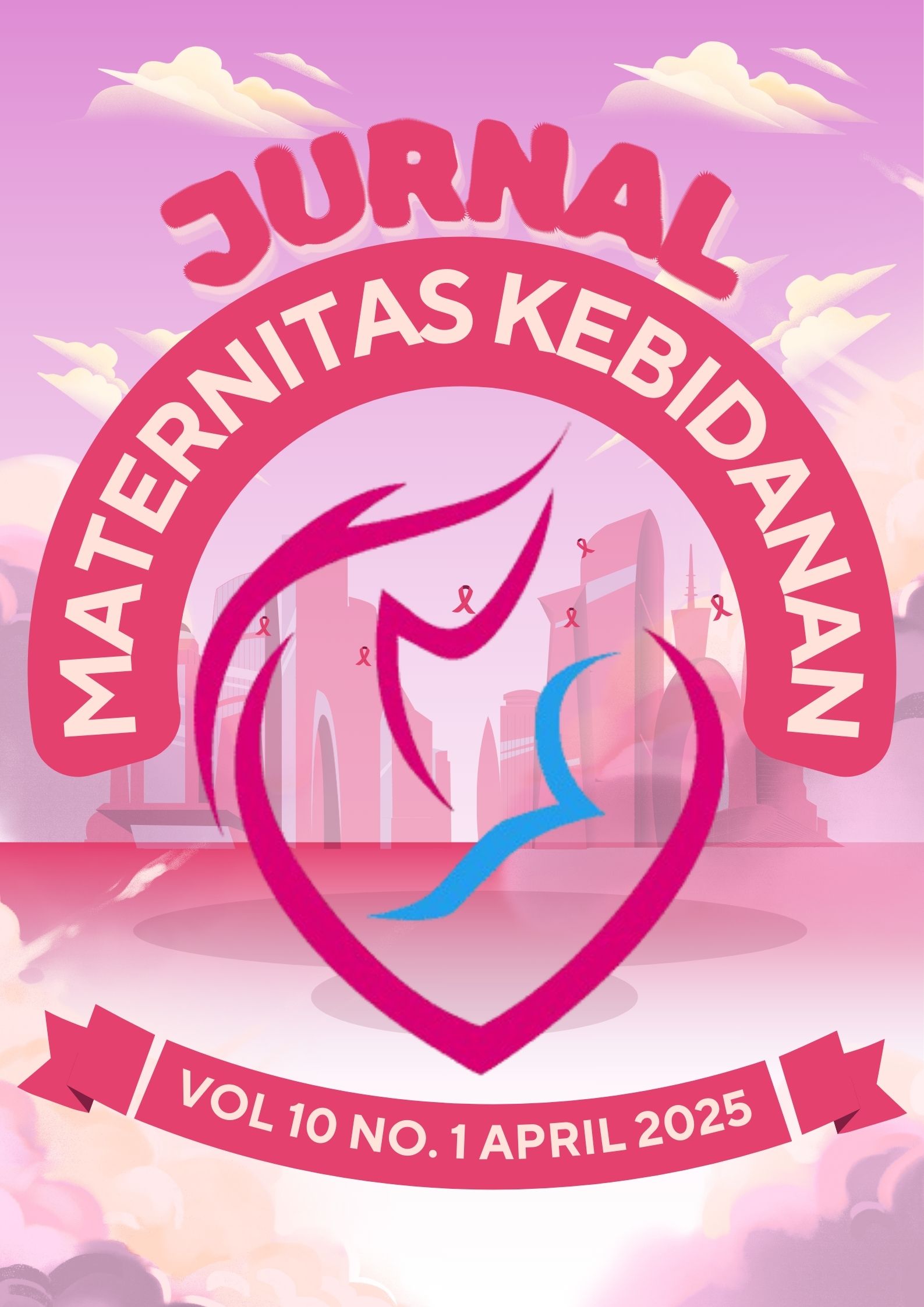Effectiveness Of Giving Rosella Drink To Reduce Dysminore In Adolescent Girls at Amanah 1 Middle School Medan
##plugins.themes.academic_pro.article.main##
Abstract
The World Health Organization (WHO) estimates that in 2020, the incidence of dysmenorrhea will be 1,769,425 (90%) women suffering from dysmenorrhea, with 10-16% suffering from severe dysmenorrhea. The purpose of the study was to determine the effectiveness of providing rosella drinks in reducing dysmenorrhea in adolescent girls at SMP Amanah 1 Medan. The research method was a quasi-experimental design with a one-group pretest-posttest design. The population was all teenage girls in grades VII and VIII who experienced dysmenorrhea, totaling 32 people. The sample used a purposive sampling of 15 people. Data were collected through observation sheets and numerical rating scales. Data analysis was carried out univariately and bivariately using the sample T test. The study's results showed Frequency distribution of the dysmenorrhea pain scale at the time of the pre-test was eight people (53.3%) with a moderate pain scale, while the dysmenorrhea pain scale after giving rosella drink was 11 people (73.3%) with a mild pain scale. The results of the T-Test statistical test showed a p-value of 0.000 <0.05. The conclusion is that there is effectiveness of giving rosella drinks in reducing dysmenorrhea in female adolescents at SMP Amanah 1 Medan. It is recommended that health workers be more proactive in providing counseling on dysmenorrhea and women's reproductive health to students the education office adds a curriculum on reproductive health and schools should prepare rest areas for adolescents who experience dysmenorrhea.
##plugins.themes.academic_pro.article.details##

This work is licensed under a Creative Commons Attribution-ShareAlike 4.0 International License.
References
- Ernita, Chelda, Djunizar Djamaludin, and Rika Yulendasari. 2022. “Comparison of the Effectiveness of Warm and Cold Compresses on Reducing the Pain Scale of Dysmenorrhea in Adolescent Girls Aged 12-15 Years at Smpn 13 Pesawaran.” Journal of Community Service Creativity 5(8.5.2017):2003–5.
- Fahyuni, Eni Fariyatul, Jamilatur Rohmah, and Najih Anwar. 2019. Guidebook for Islamic Entrepreneurship Learning Innovation Through the Utilization of Rosella Flower Tea. Sidoarjo: Nizamia Learning Center.
- Heni Setyowati Er. 2018. Acupressure for Women's Health Based on Research Results. Magelang: Unimma Press.
- Karlinda, Bethari, Oswati Hasanah, And Erwin. 2022. “Description of Pain Intensity, Impact of Learning Activities, and Coping of Adolescents Experiencing Dysmenorrhea.” Journal of Vocational Nursing (Jvk) 5(2):128–37. Doi: 10.33369/Jvk.V5i2.23310.
- Lis, And Ela Rohaeni. 2022. “The Relationship Between Nutritional Status and the Incidence of Dysmenorrhea in Adolescent Girls.” Research Article 1(1):15–22.
- Mukhoirotin. 2019. Dysmenorrhea Easy Ways to Overcome Menstrual Pain. Yogyakarta: Dialectics.
- Anthology of Pain Management. Cilacap: Pt Media Pustaka Indo.
- Nurdin, Samsu Udayana, Iti Nurdjanah, and Ussi Astuti. 2015. Benefits of Indonesian Herbs. Yogyakarta: Plantaxia.
- Putri, Salsabilla Alifah, Moch. Yunus, And Erianto Fanani. 2017. “The Relationship Between Menstrual Pain (Dysmenorrhea) And Learning Activities In Grade XI Students Of State Senior High School 52 Jakarta.” Preventia (The Indonesian Journal Of Public Health) 2(2).
- Qamariah, Tin, Luluk Khusnul Dwihestie, S. St, Sri Wahtini, S. Sit, And MH Kes. 2020. “The Effect of Giving Herbal Drinks on Dysmenorrhea Pain in Adolescent Girls.”
- Ramli, Nurlaili, and Putri Santy. 2017. “Effectiveness of Giving Ginger (Zingibers Officinale) and Rosella Tea (Hibiscus Sabdariffa) Concoction on Changes in Menstrual Pain Intensity.” Action: Aceh Nutrition Journal 2(1):61–66.
- Siagian, Nurul Aini, Yunita Syahputri Damanik, And Salsalina Br Tarigan. 2023. “The Effect of Giving Rosella Tea and Ginger Concoction on Changes in Menstrual Pain Intensity in Grade VIII Female Students at SMP Negeri 1 Deli Tua in 2023.” Best Journal (Biology Education, Science And Technology) 6(2):422–28.
- Siagnian, Nurul Aini. 2023. “The Effect of Giving Rosella Tea and Ginger Concoction on Changes in Menstrual Pain Intensity in Grade VIII Female Students at SMP Negeri 1 Deli Tua in 2023.” Biology Education Science & Technology 6(2):422–28.
- Wahyuni, Sri. 2023. “The Effect of Giving Selarindu (Dried Rosella and Honey Brew).” 1:147–60.
- Wildayani, Desi, Widya Lestari, And Winda Listia Ningsih. 2023. Dysmenorrhea: Intake of Iron, Calcium and Exercise Habits. Padang: Pustaka Galeri Mandir.
- World Health Organization. 2022. “Who Statement On Menstrual Health And Rights.”
- Wulanda, Clara, Amir Luthfi, and Ridha Hidayat. 2020. “Effectiveness of Morning and Evening Dysmenorrhea Exercises on Handling Menstrual Pain in Adolescent Girls During Menstruation at Smpn 2 Bangkinang City in 2019.” Tambusai Health Journal 1(1):1–11.

